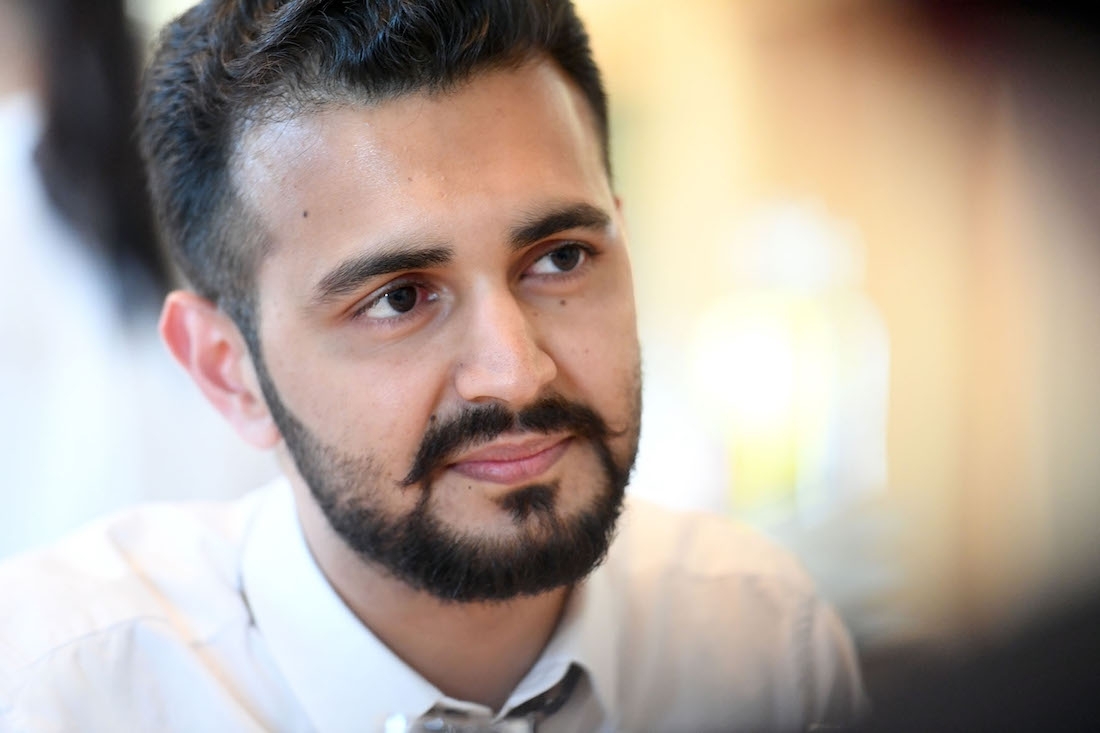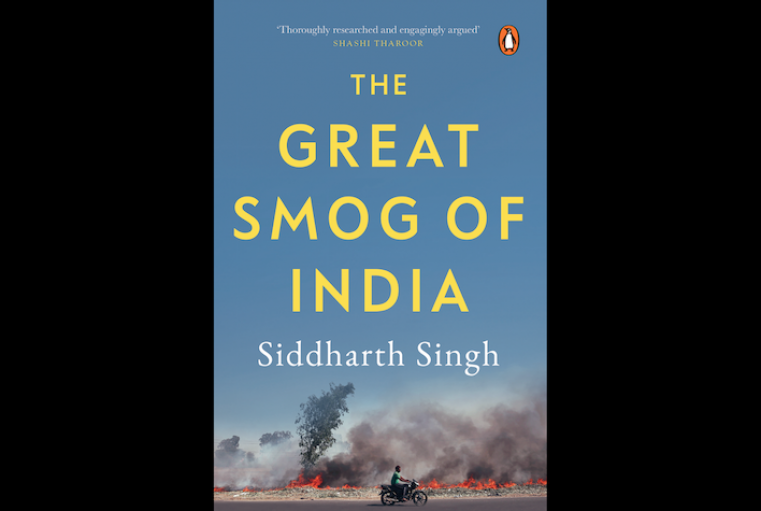

Air pollution kills over a million Indians every year, albeit silently. Families are thrown into a spiralling cycle of hospital visits, critically poor health and financial trouble impacting their productivity and ability to participate in the economy. Children born in regions of high air pollution are shown to have irreversibly reduced lung function and cognitive abilities that affects their incomes for years to come. They all suffer, silently. The issue is exacerbated every winter, when the Great Smog of India descends and envelops much of northern India. With clarity and compelling arguments, and with a dash of irony, Siddharth Singh demystifies the issue: where we are, how we got here, and what we can do now. Above all, and most alarmingly, he makes clear what the repercussions will be if we remain apathetic. We had a chance to talk to the debut author regarding this very important book.
Tell us a little bit about yourself and how your journey in the world of policies began?
My first ever job after my undergraduate degree in economics was with a cargo company – and that lasted a mere 5 days. While I study the transport sector today, working in that company was just not for me. I then decided to pursue a graduate degree in international studies and diplomacy, and transitioned into the world of research into the economy and energy in particular. I was merely satisfying my curiosity of how the world works – and I have been fortunate enough to make a career out of it.
When and how did your focus shift towards energy, mobility and climate policy?
The world of energy policy sits at an intersection of economics and international relations, which fits my interests very well. This may sound silly today, but when I watched the movie ‘Syriana’ over a decade ago, I became hooked onto the dangerous and dirty world of energy politics. After my initiation to oil politics, my interests have evolved to cover energy policy as a whole. In particular, I’m interested to understand how energy systems have transformed in the past, and how it is happening today as we move to renewable energy. Equally, I’m interested to learn how people move. Of course, one cannot understand energy without understanding emissions, and the impact that has on our planet. This has led to a growing interest in climate policy.
What was the main intent behind writing The Great Smog of India?
Few things make me as happy as being able to cycle into the countryside, jump into a clean natural body of water and look up at blue skies. It’s something I cannot imagine doing in my city Delhi. Delhi’s – and India’s – air pollution problem is therefore deeply personal to me. Further, as people would often ask my views on what I thought was wrong, I realized that much of the scientific and technical literature out there is inaccessible to the public at large. These studies are hidden behind paywalls, technical jargon, and scientific conferences. There was hardly any accessible literature out there. One day, I thought to myself, ‘somebody should write about it!” It took me a few months to realize that somebody would be me.

Please take us through the journey behind the conceptualisation and the creation of this book?
The articles I had been writing on energy policy on various media platforms were being received well. People in particular wrote to me saying that they appreciated the simplicity and accessibility of these articles. I had since then been toying with the idea of writing a book on energy and the environment, but could not immediately think of an anchor to piece the information together. One night, I woke up mid-sleep and took a note down, “write about the economic and energy history of India from the perspective of air pollution”. And so it began. The book is a culmination of everything I have learned on energy and emissions over the past decade – from books, scientific papers, interaction with experts, even tweets. But let this not scare the potential reader: the book is quite accessible and is devoid of jargon to the extent possible. It’s the story of air pollution in India.
You’ve used a few lines form Marquez’s Love in the Time of Cholera in your second chapter called “Love in the Time of Air Pollution”. Please tell us more about the significance of the epigraph.
This chapter, while trying to explain the science behind the impact of air pollution on human health, discusses something far more basic: what it means to be human. Our air quality crisis impacts at the heart of who we are, what we do, whom we love, and the freedom to participate in things we enjoy. In many ways, our lives during the smog is the story of love in the time of air pollution. It is also the story of heartbreak and at times death, and our attempts to navigate this public health emergency. While my book is a work of science and policy communication, the lines were my way to paying homage to Love in the Time of Cholera, which all too brilliantly explored various facets of the human condition.
As the book jacket blurb suggests Air pollution as ‘groundbreaking and heartbreaking, this is our inconvenient truth’, which makes you the truth-teller via this book. How hard was it to assume the role of the truth-teller, how has researching and writing this book affected you and what was the experience like?
We live in extraordinary times. In many countries, political leadership that is antithetical to science is rising to power. In such a situation, it becomes important to communicate what we know to a larger audience. These facts are known to us because scientists have put in thousands of hours rigorously testing and measuring various aspects of the world using cutting edge technology and methods. Communicating this vast body of knowledge spanning physics, chemistry, biology, geography, meteorology, engineering, epidemiology, law, economics and other subjects is not an easy task, and it has reinforced my belief that one must approach any subject with humility and curiosity.
What’s next from here? Are there any more goals to be met?
As a nation, we have several goals to meet: cleaning up our air and water, provide electricity to everyone, foster peace in our communities. On a personal front, I’m teaching myself to make a pizza from scratch, and trying my hand at clay sculpting.
TEXT Nidhi Verma